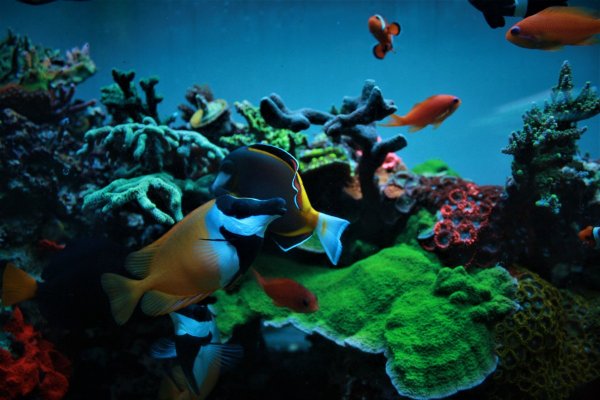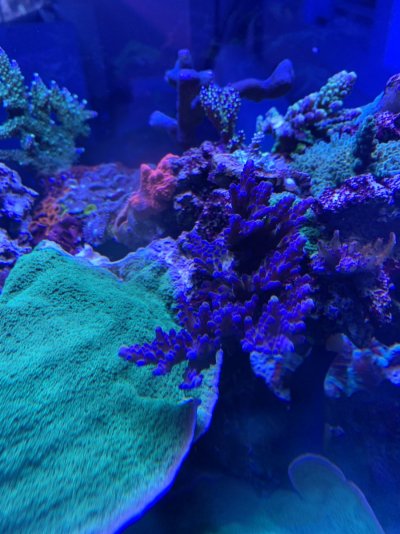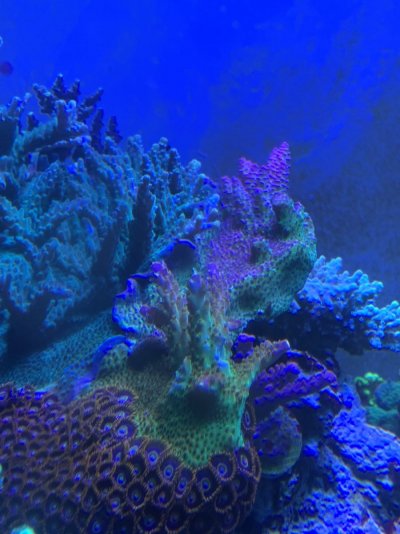- Joined
- Aug 21, 2019
- Messages
- 743
- Reaction score
- 348
What are some examples of SPS that like cleaner water vs other types that like water with slightly higher nutrient? What I mean is stylophora and so on like ___ while poilopora like ___
Thanks
Thanks























